


Boulder Crest has developed a responsive web application called myPATHH during the 18-month aftercare portion of their Warrior PATHH program. Students use the web app to complete assignments, set goals, and watch videos on topics like fitness and meditation to help them integrate the lessons of Warrior PATHH into their daily lives.
Our team identified a number of opportunities to redesign sections of myPATHH and implement our design principles while addressing user needs uncovered in our research.



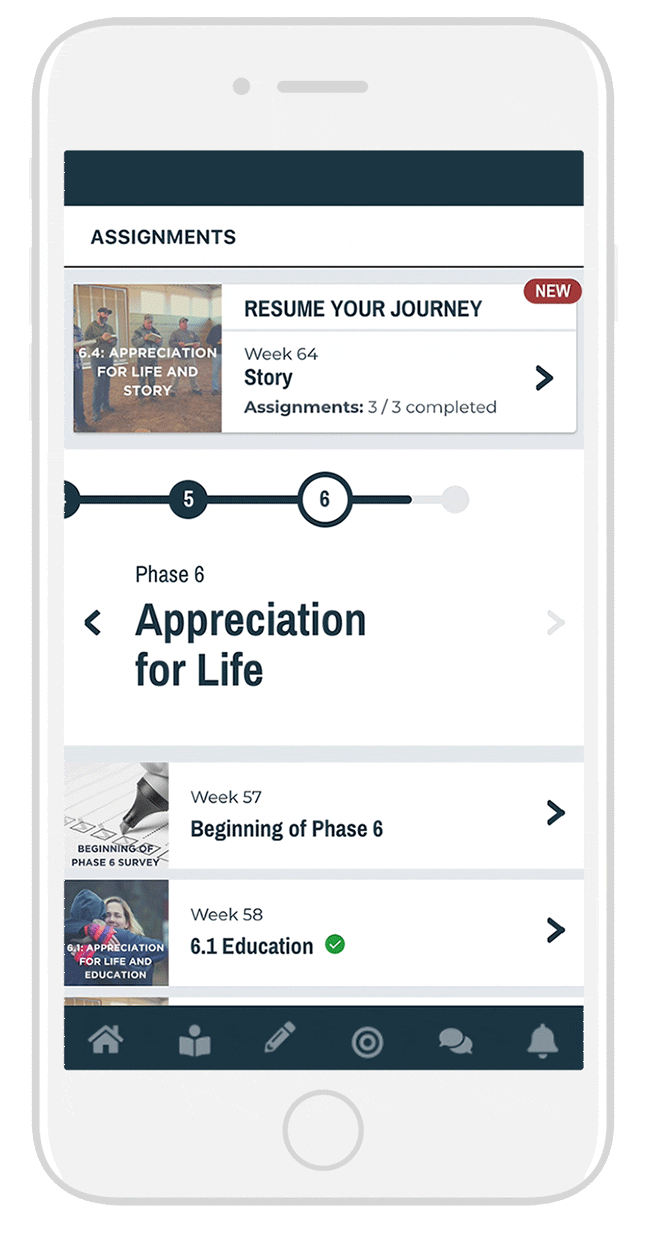
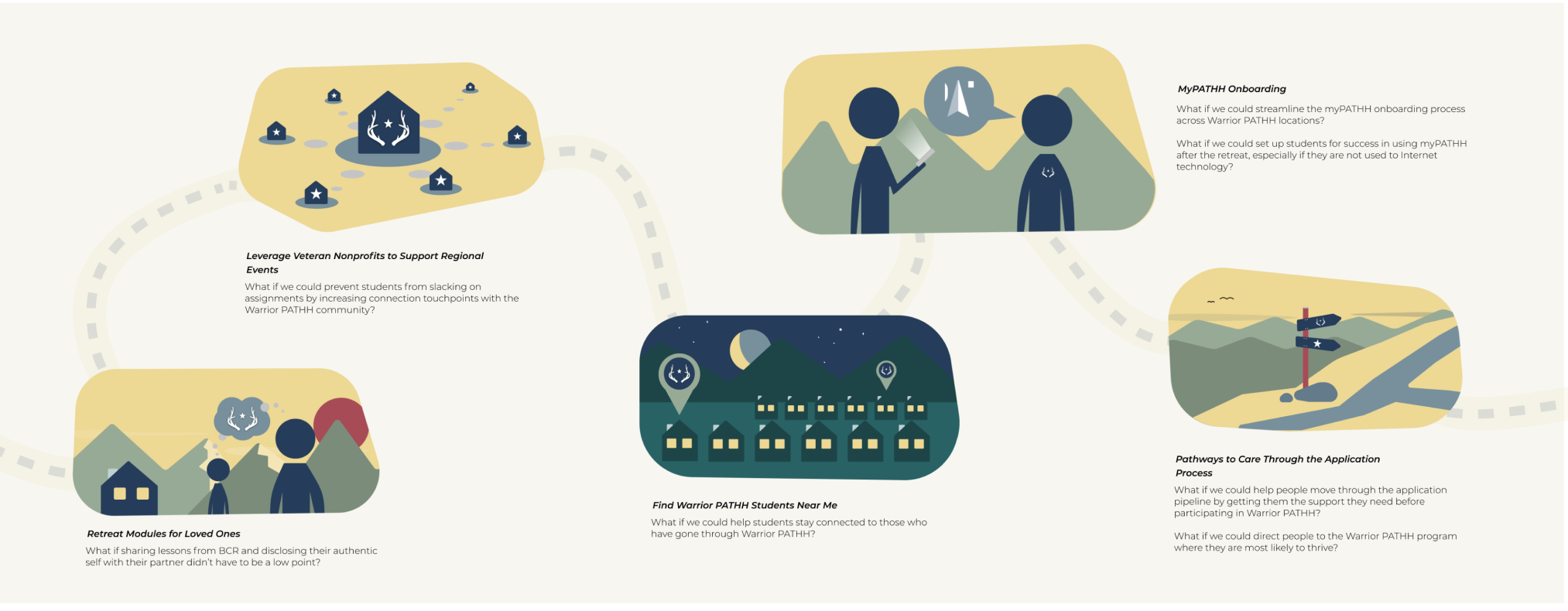
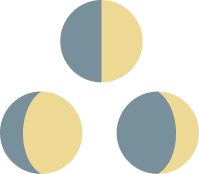

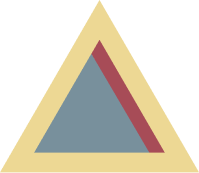
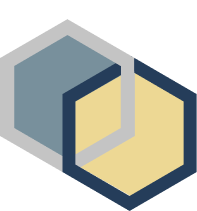
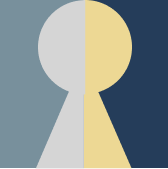

Choose features that cater to when students are struggling or doing okay.
Warrior PATHH students experience ups and downs as they navigate the 18-month program. They could be stressed, happy, frustrated, or any other mix of emotions. We need to design experiences that meet people where they are at. Furthermore, we need to design experiences that do not exacerbate negative emotions but instead equip them with lessons that they need in order to navigate emotions and situations.
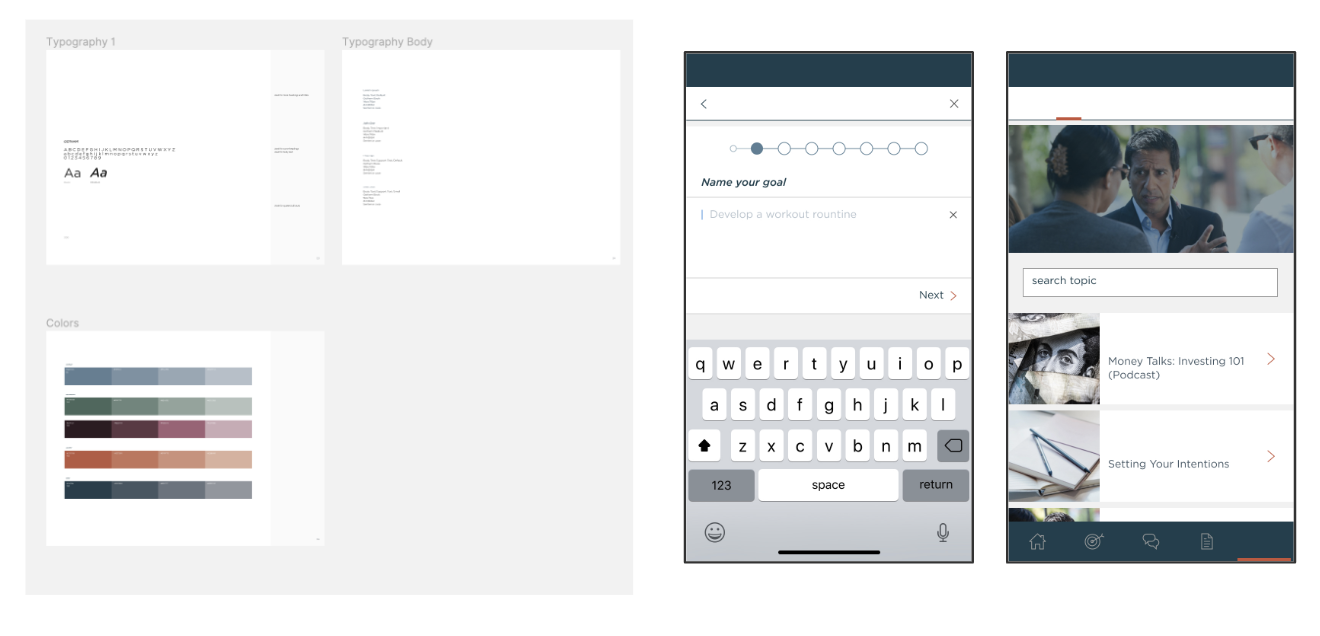
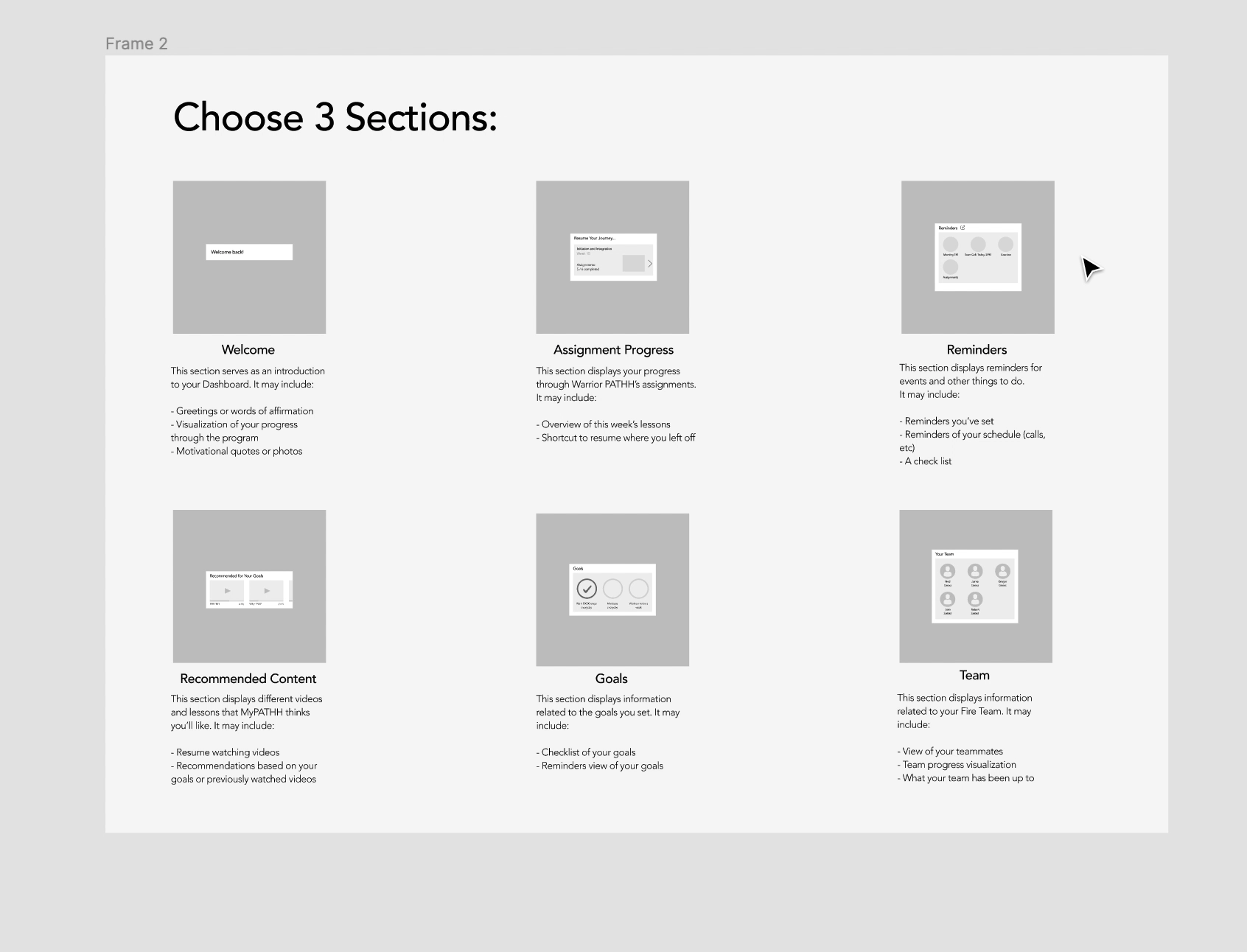
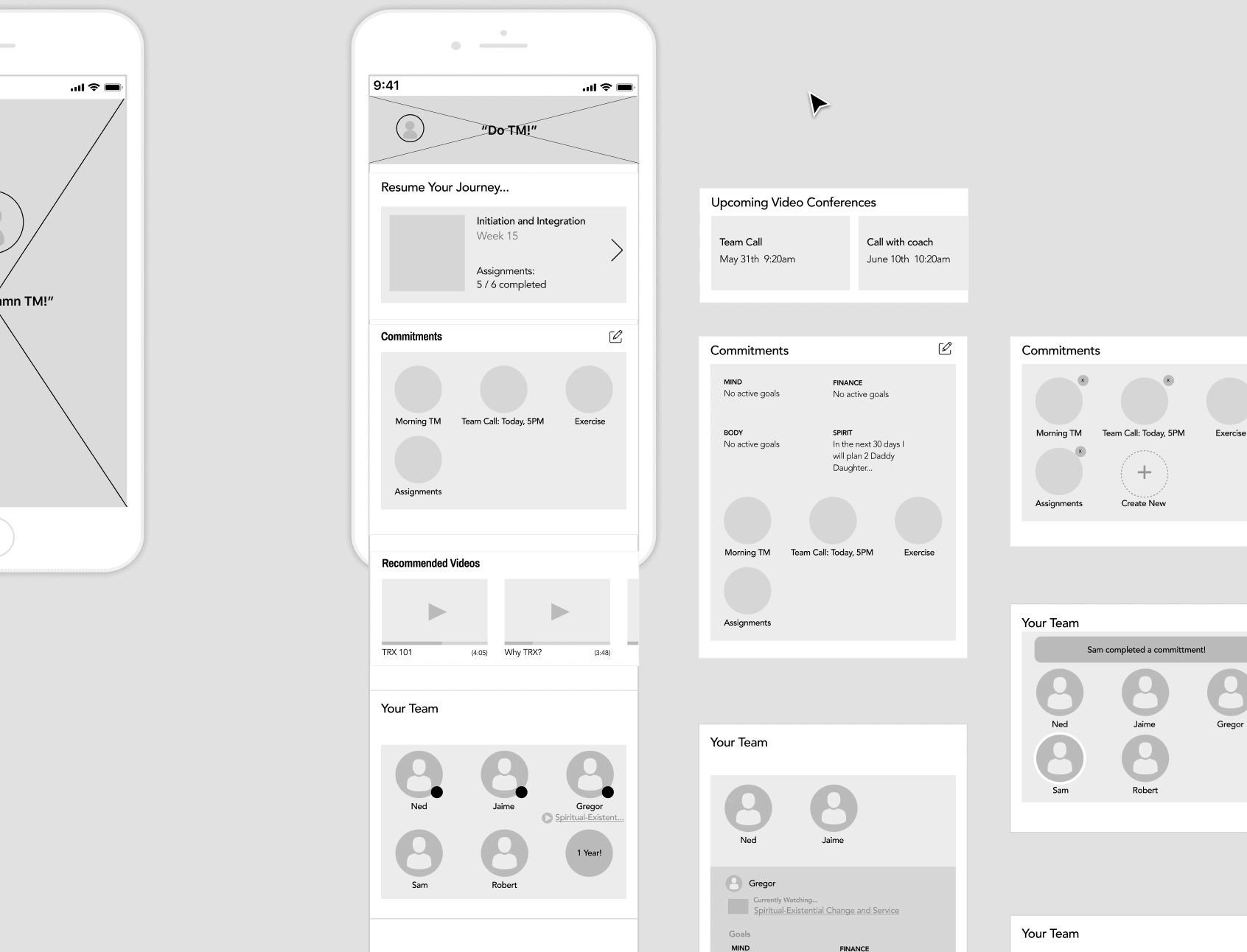
Instead of starting out by developing a low-fidelity prototype of a new version of the dashboard, we decided to involve Boulder Crest students in the design process.
After recruiting three Warrior PATHH alumni for 30-minute research sessions, we walked each participant through an artboard that we had set up in Figma containing various high-level feature categories for the myPATHH dashboard: Welcome, Team, Assignment Progress, Goals, Reminders, and Recommended Content.
During the interview, we asked our participants to construct their ideal Dashboard using various modules within each category.
While it was helpful to understand which ones were useful or not, it was ultimately valuable for us to understand the “why” — the reasoning behind their selections. These insights directly established our Design Principles.
The original version of the dashboard displays two things: how many goals a student has accomplished out of the number of goals they had set, and the number of assignments they had completed out of the 58 assignments throughout the duration of the 18-month program. We saw an opportunity for the dashboard to better assist students in staying connected to their teams and lessons throughout Warrior PATHH.
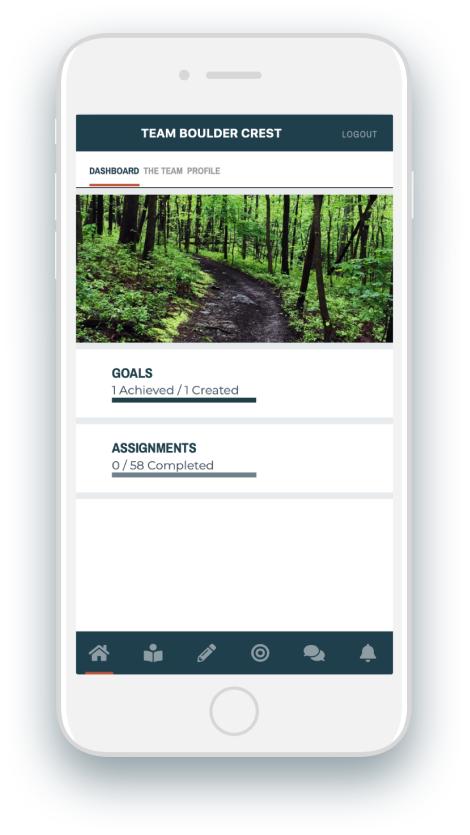










Promote Behavior Change


The original version of the assignments section displays a view of all assignments released in correspondence with which phase they are at but does not provide a clear indication of where students are at in their overall journey with Warrior PATHH. Students also are not able to save assignments to return back to them.
At the end of each phase, students also receive within the assignments section an After Action Review, which is a survey to help Boulder Crest understand how helpful each phase’s content has been and its impact on the student’s progress.
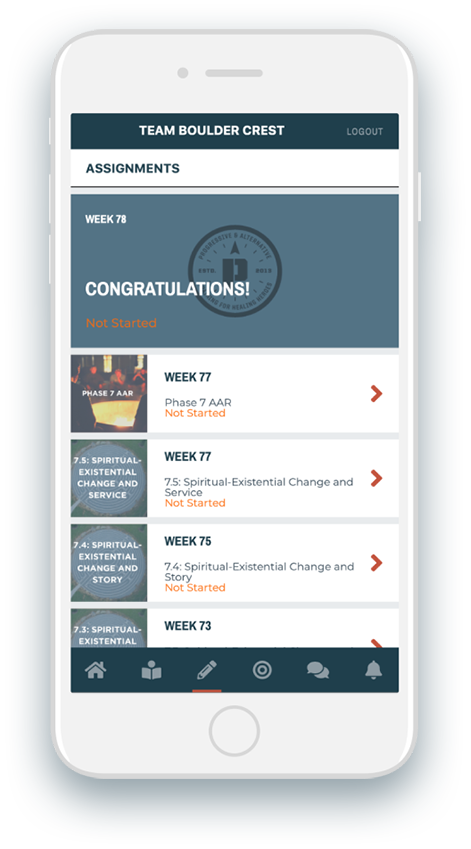




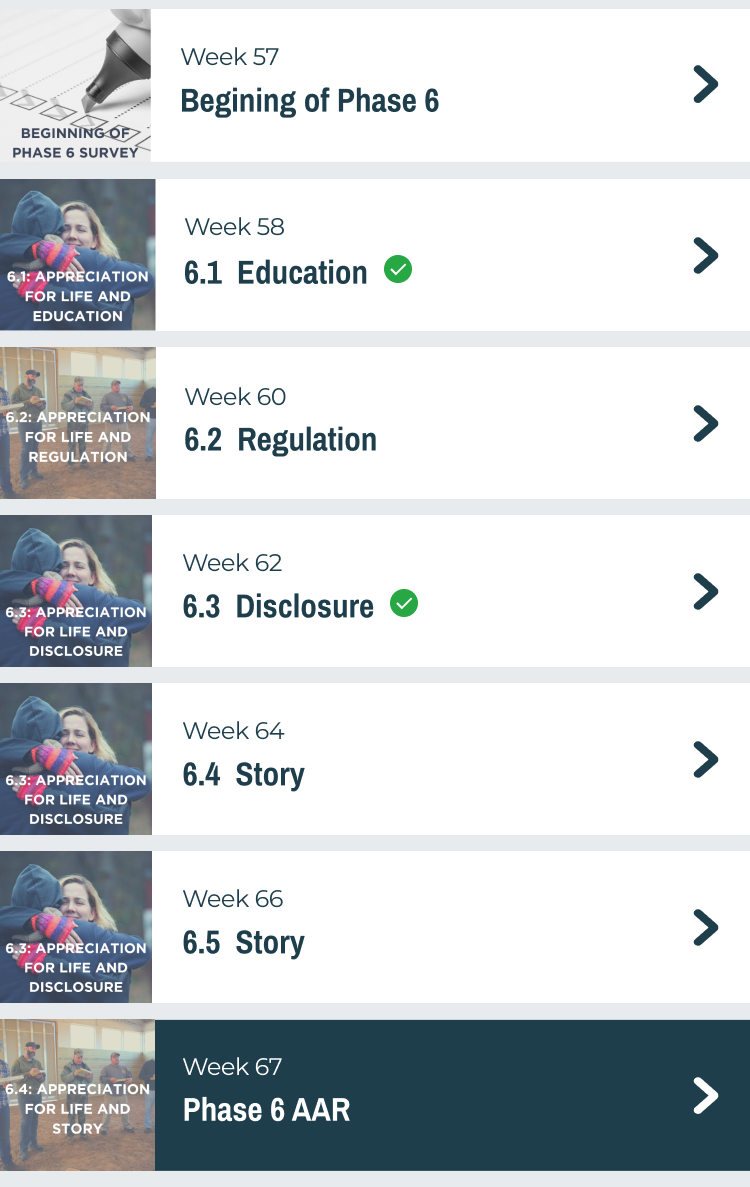





Promote Behavior Change





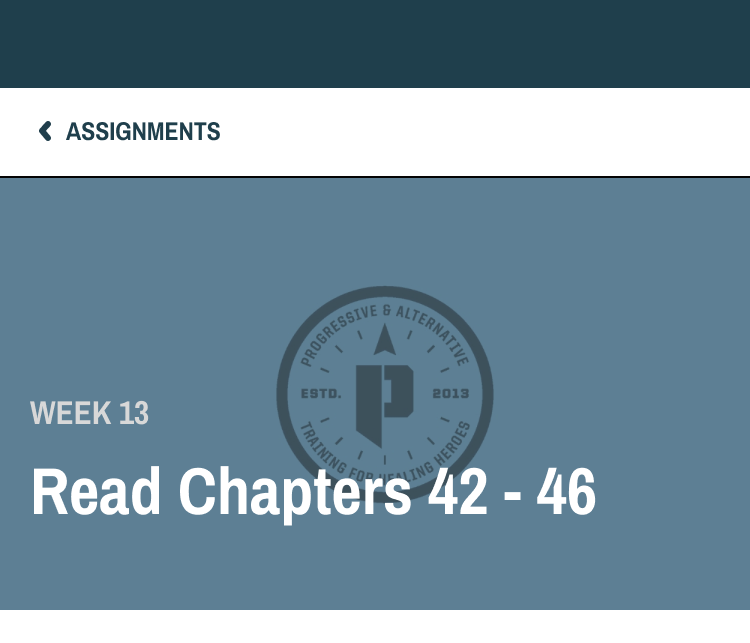
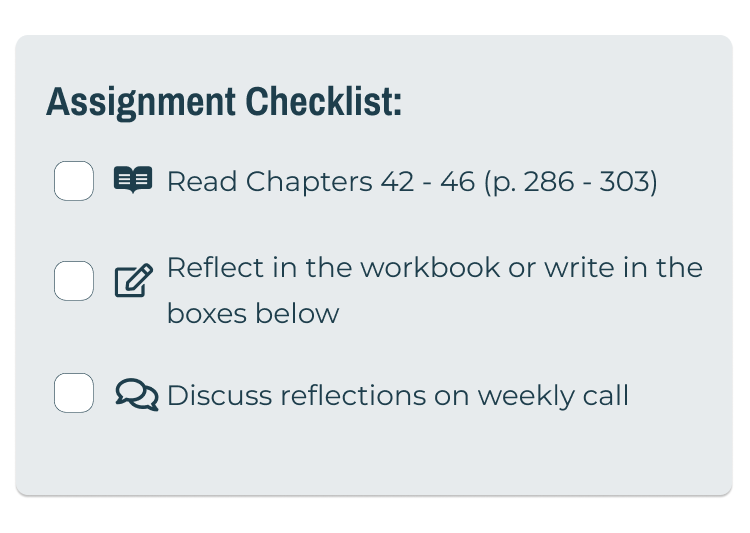
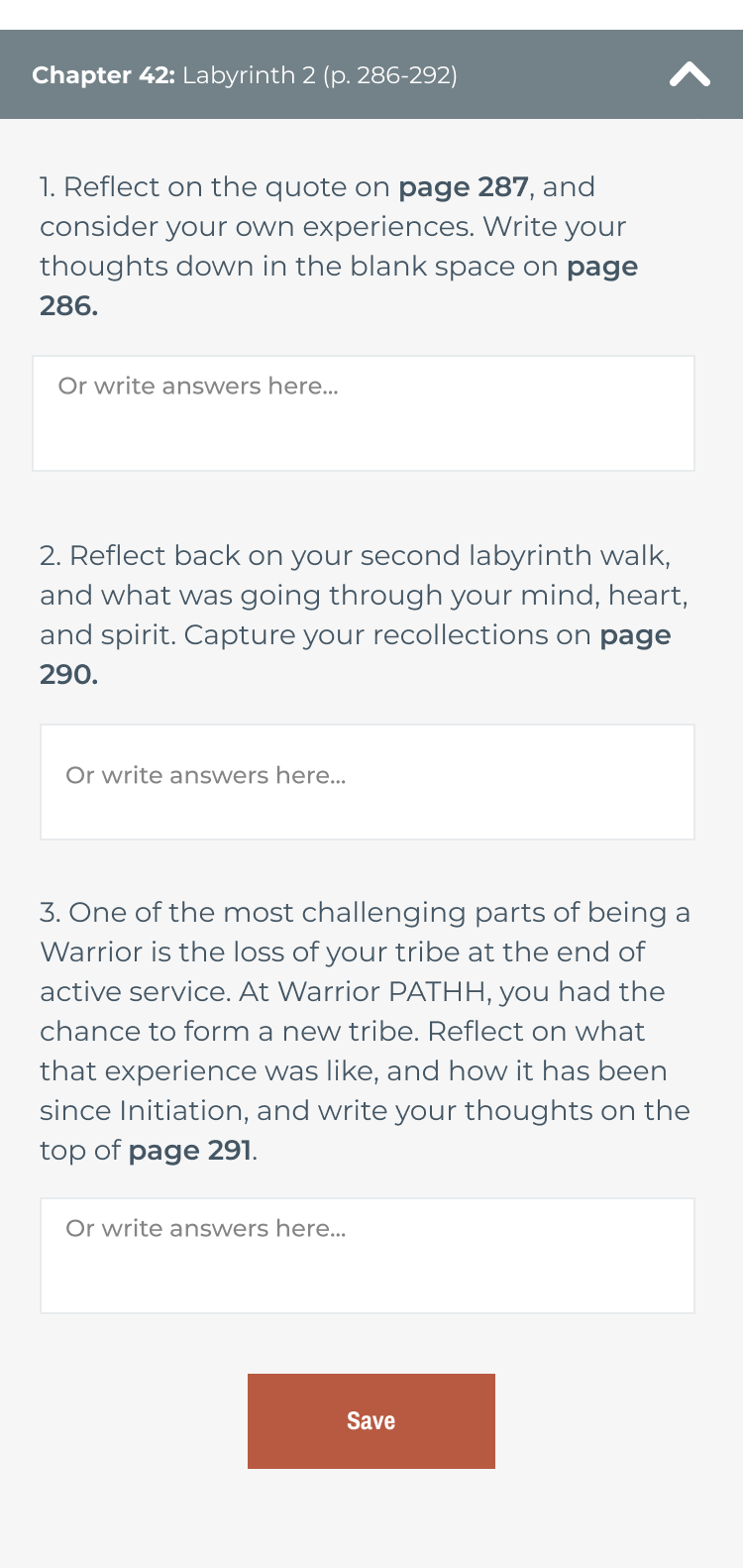
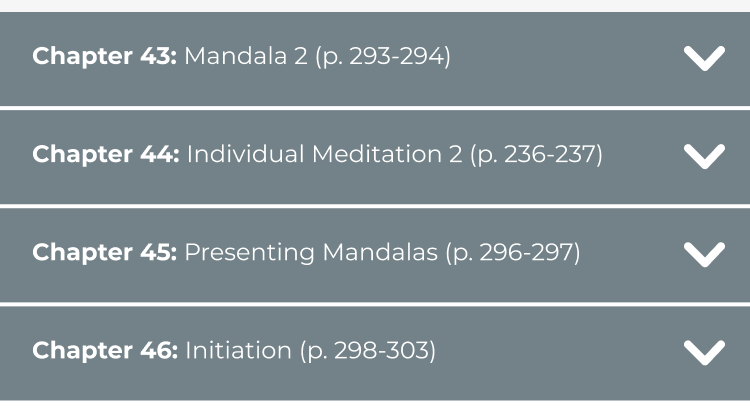




Promote Behavior Change

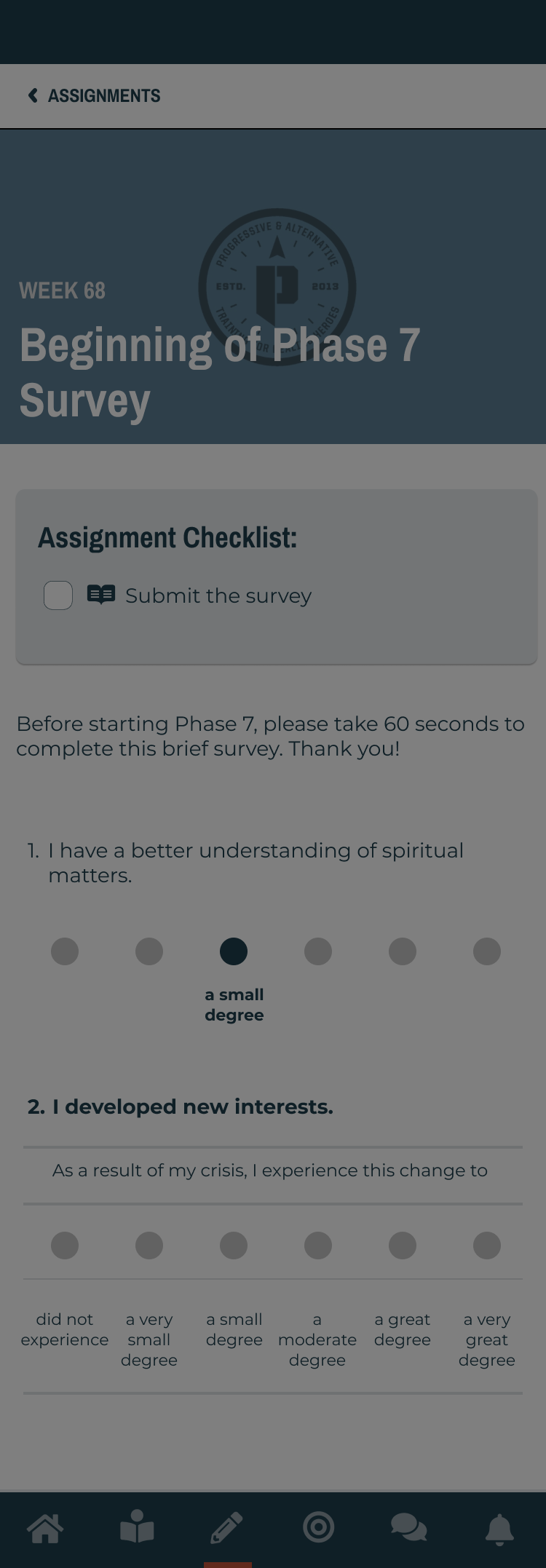
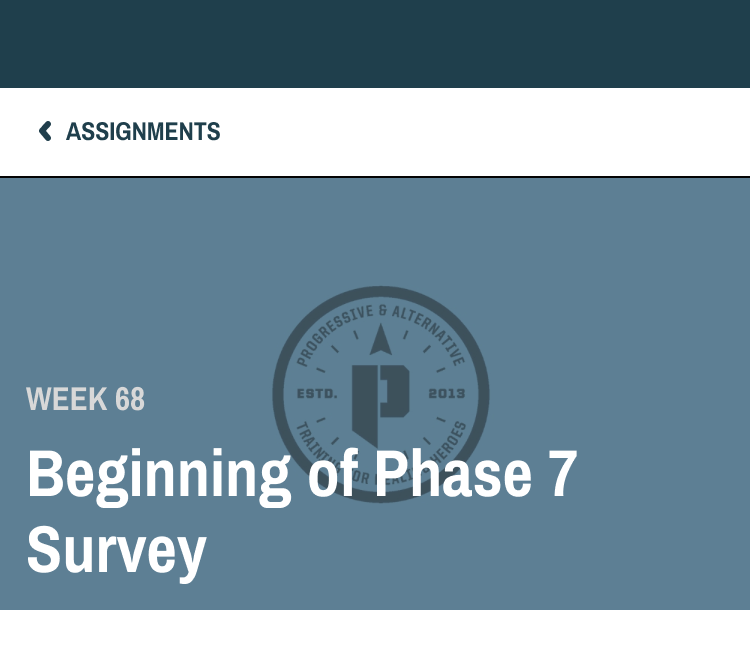
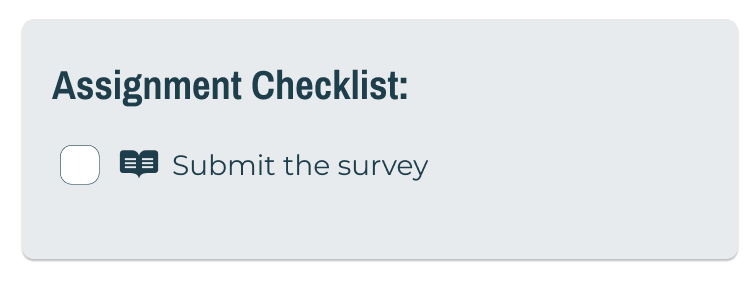
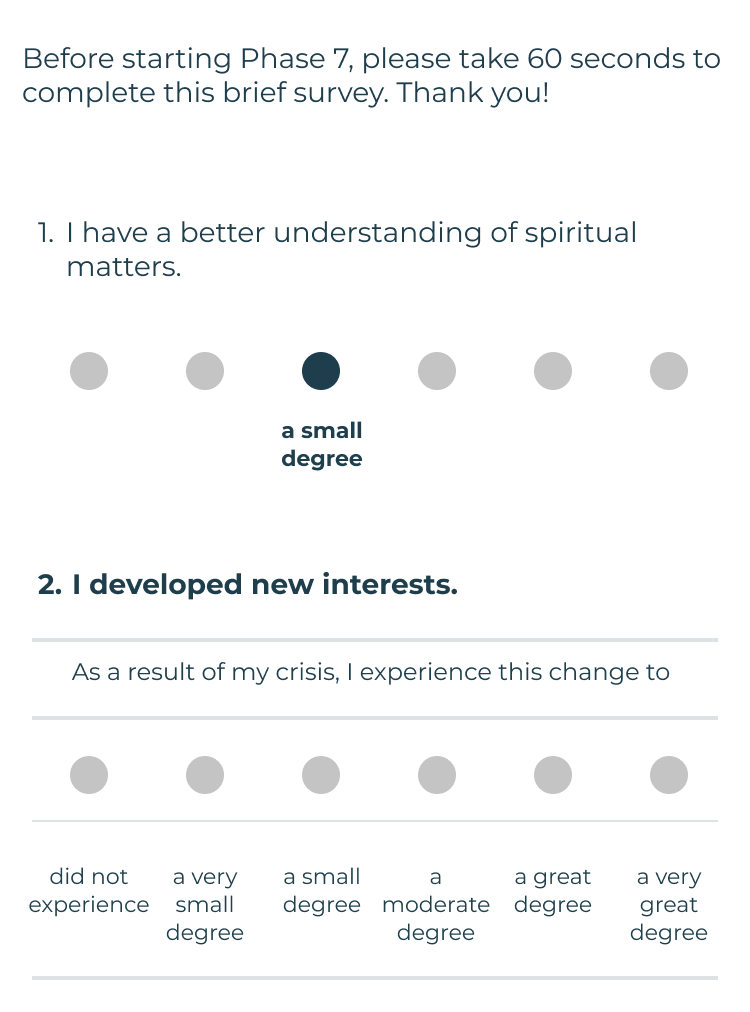



The Warrior PATHH experience is about so much more than technology. Beyond the myPATHH redesign, we additionally wanted to create service design recommendations because Boulder Crest students and staff showed us the value of connection across the larger Warrior PATH program. Throughout this project, our definition of engagement shifted beyond the screen to consider the value of engaging students with their teams and lessons and using myPATHH as a tool to facilitate those connections.
As a result of this reframe, we needed to find ways to support Boulder Crest students as they navigate the touchpoints of the Warrior PATHH program and integrate the lessons into their daily lives. Service design is a useful framework for helping Boulder Crest consider the touchpoints between students, staff, technology, and other channels to help students reach their goal of struggling well, especially as Boulder Crest plans to scale Warrior PATHH. Based on our research, we saw opportunities to improve these touchpoints through service design.
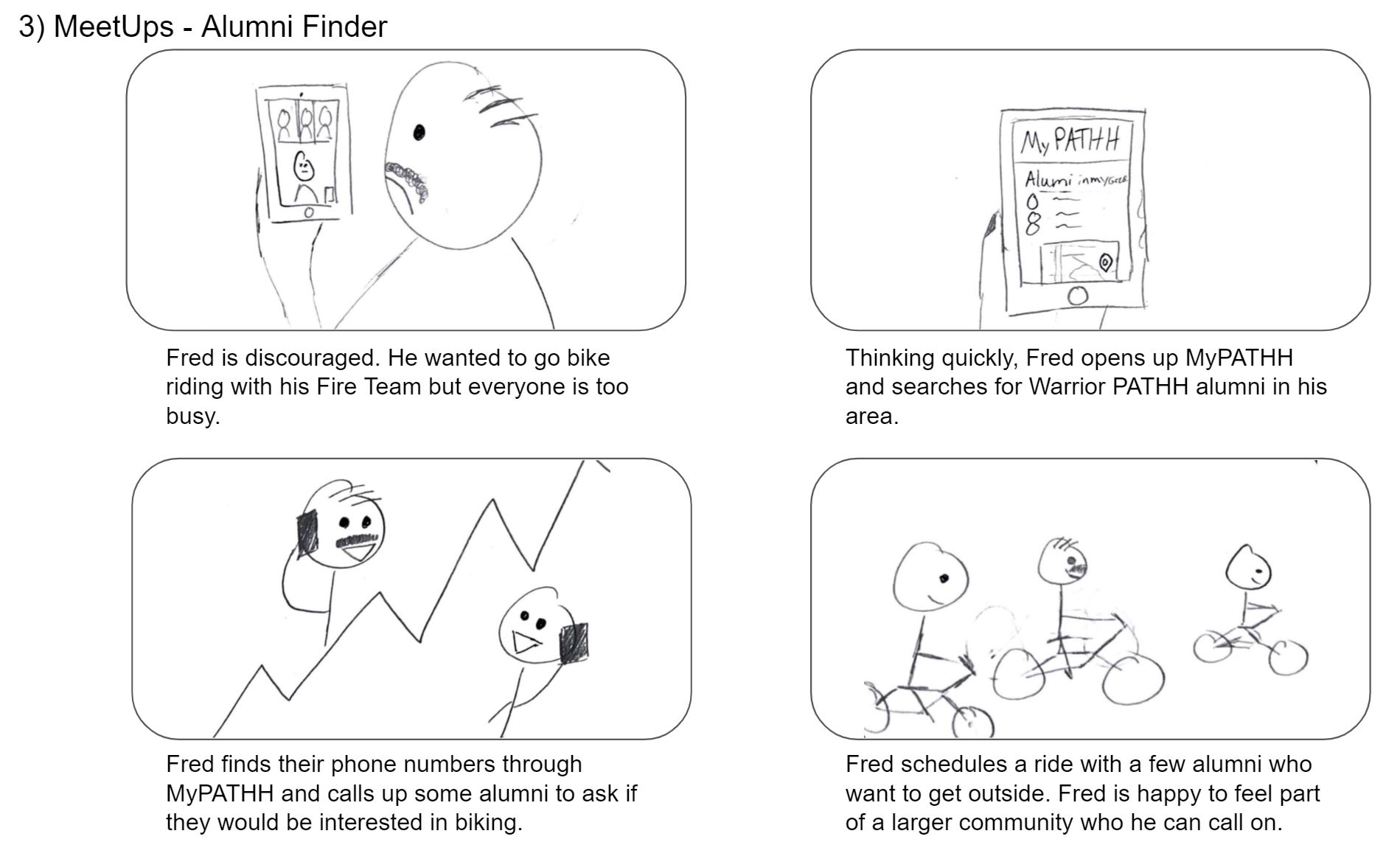
The highlight of our summer and service design process was a trip to Boulder Crest’s Arizona location. Since Boulder Crest plans to expand Warrior PATHH to eight new partner locations within the coming years, considering this process of scaling is essential to an understanding of how Boulder Crest will operate as an organization. Since Boulder Crest Arizona represents the first example of Warrior PATHH’s implementation at a second location, learning from their staff was uniquely valuable for our process.
We were lucky enough to spend two full days at the massive ranch in the Coronado National Forest in southern Arizona. After touring the gorgeous facility, we had the opportunity to conduct interviews with everyone on the staff. We heard the stories and unique perspectives of the team, and also went through our storyboards to get in-person feedback on our service design ideas.
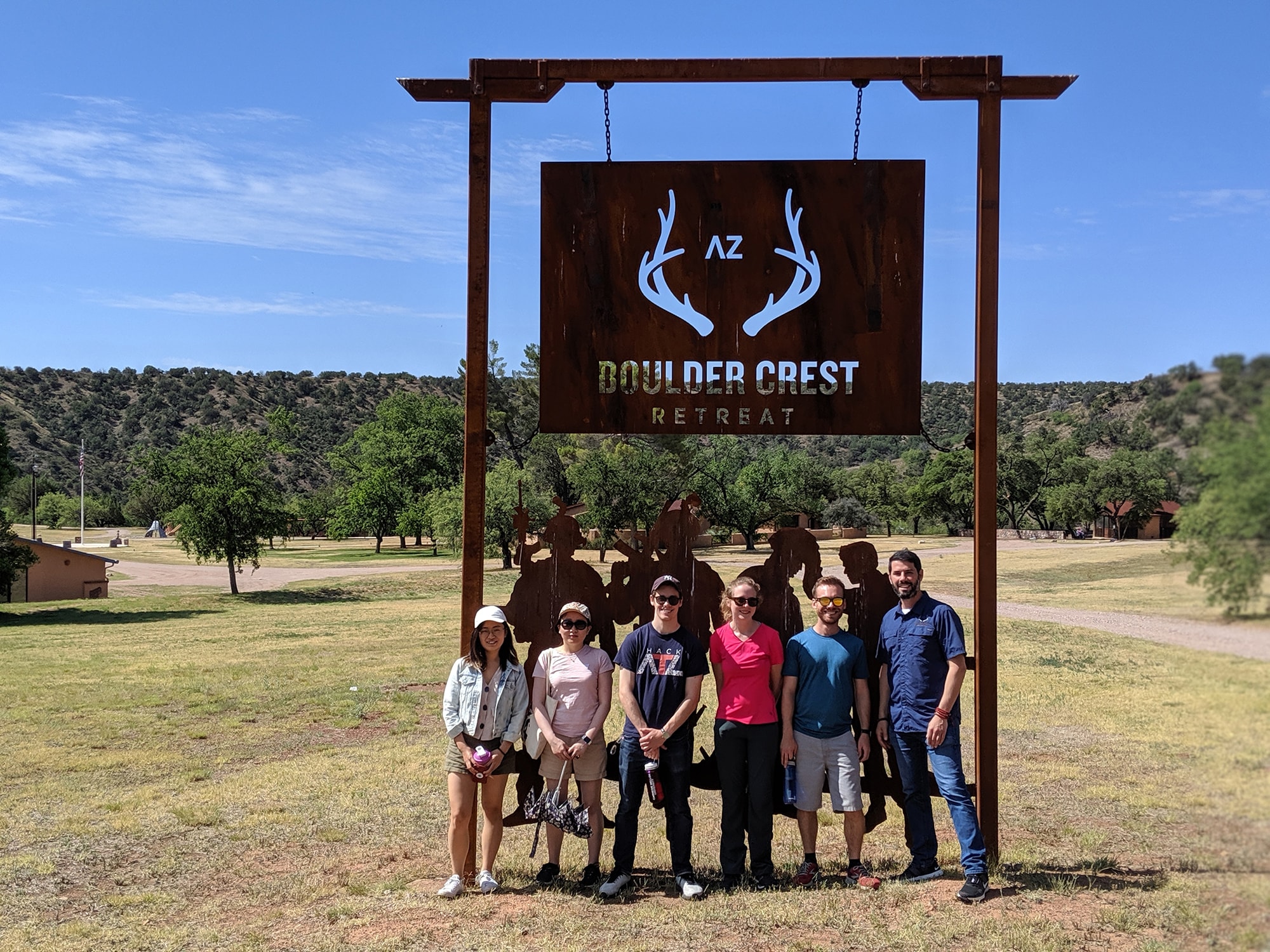



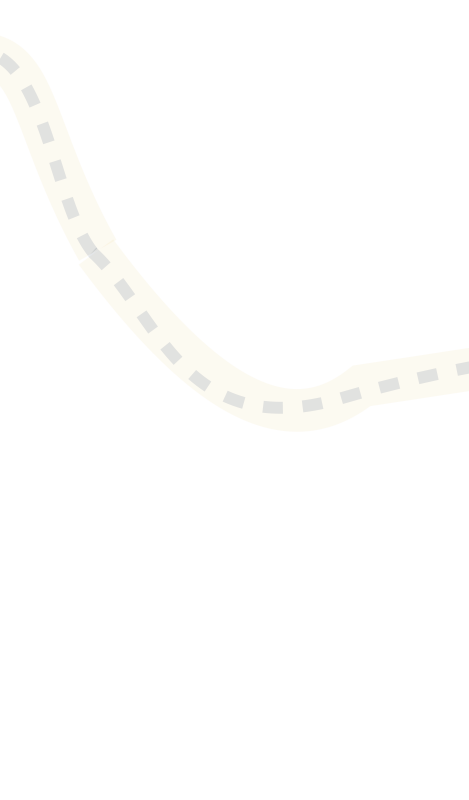


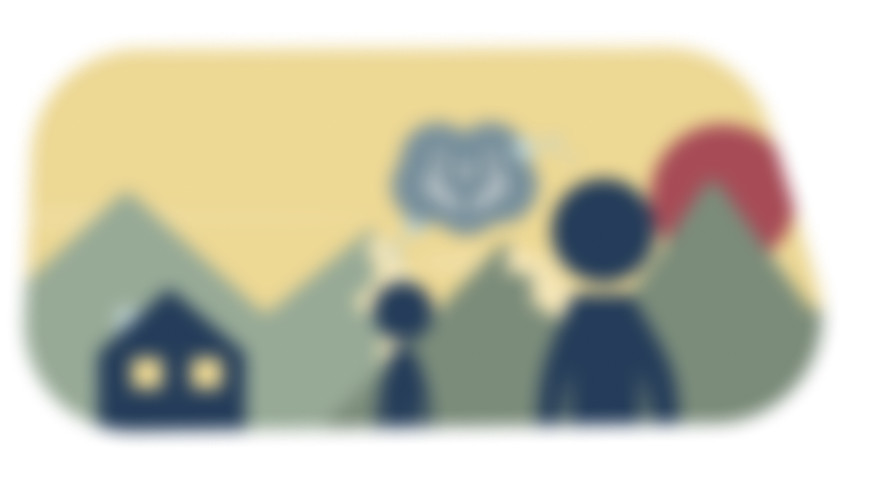
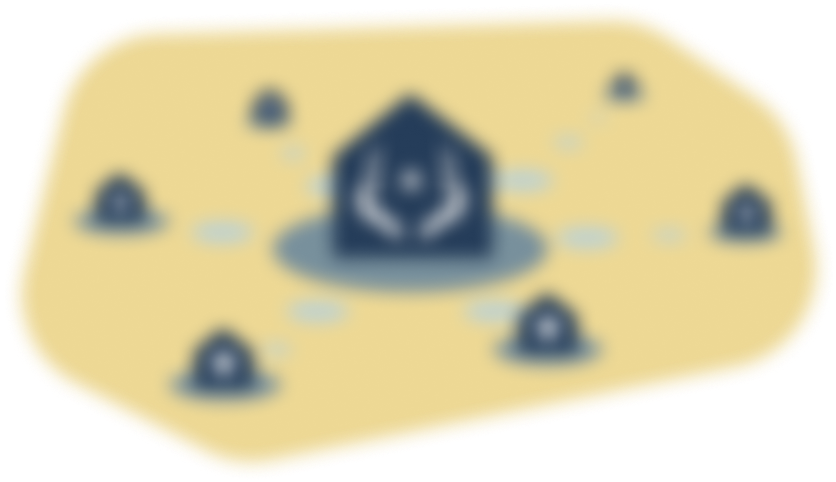
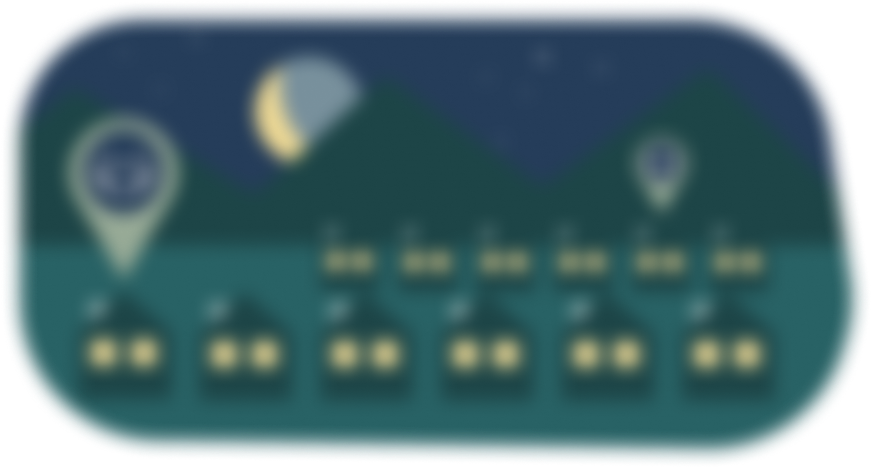
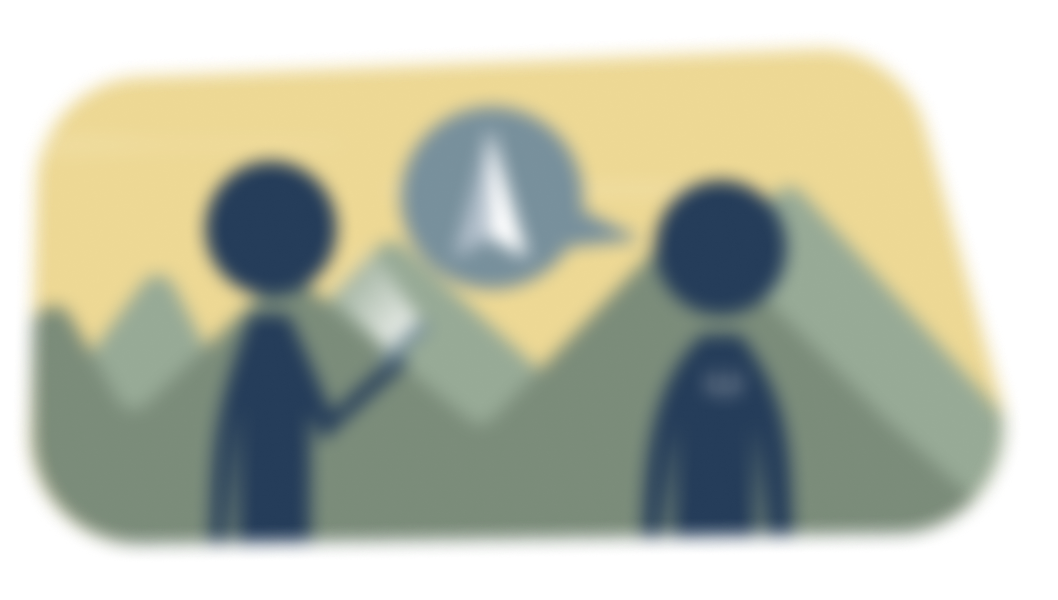
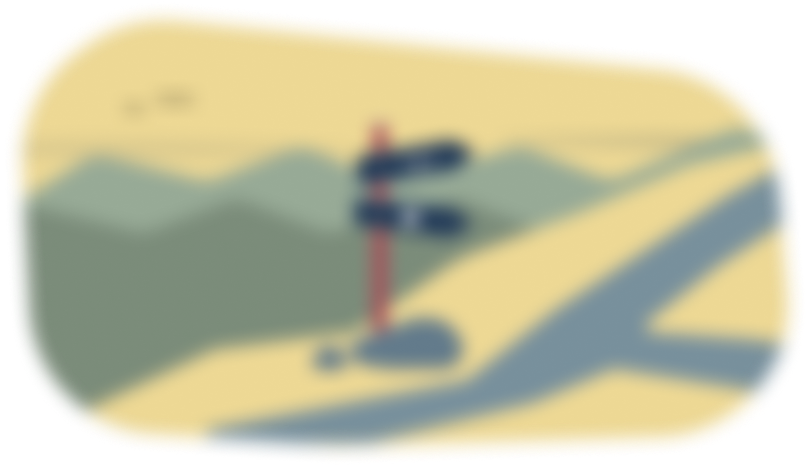
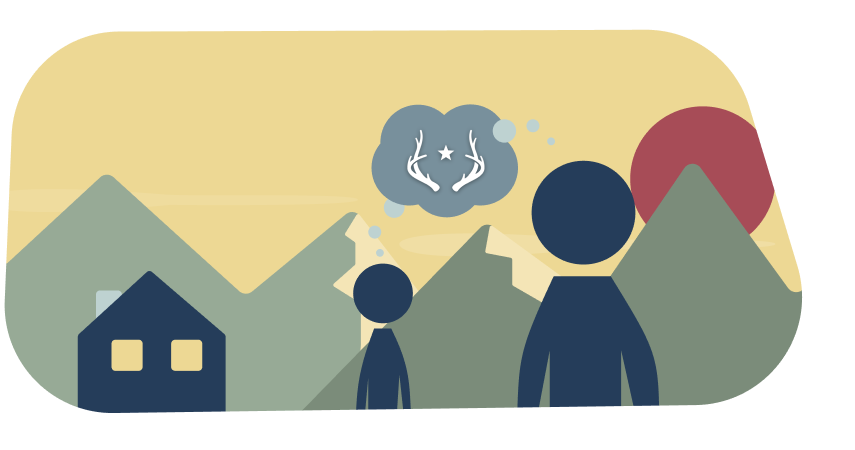
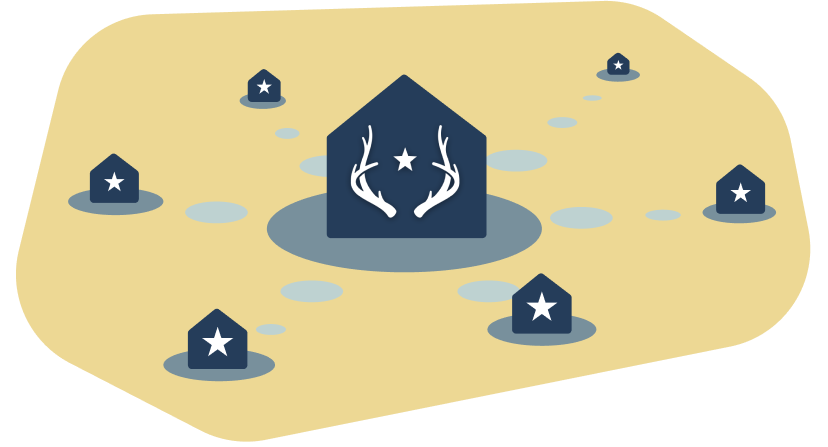

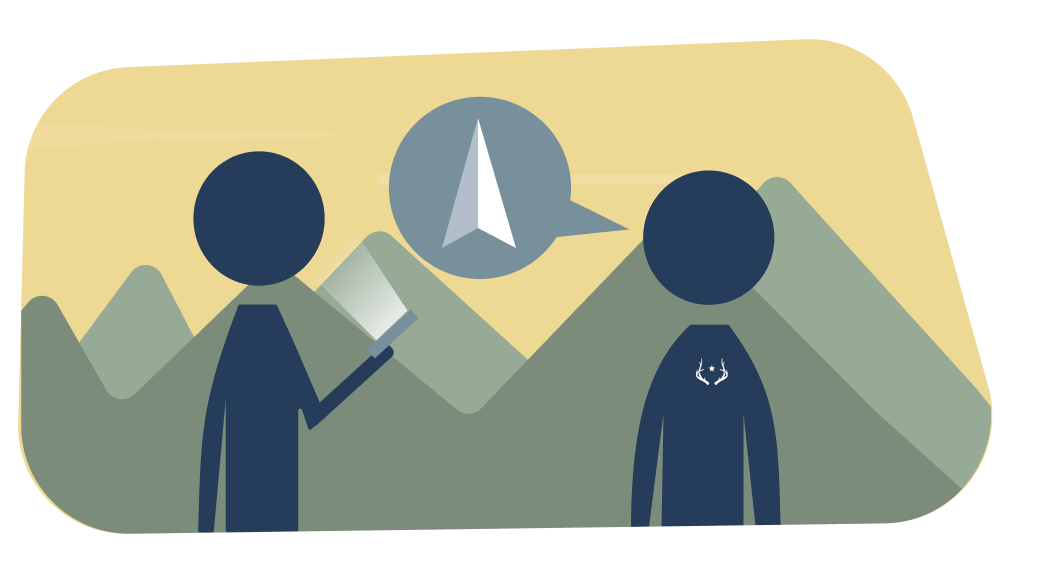
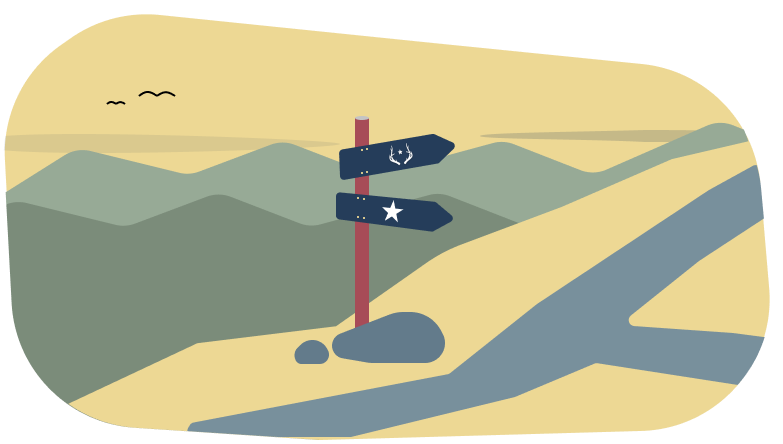














Our eight-month-long capstone became so much more than a project. It became an opportunity to learn from Boulder Crest staff and students. We are honored to have witnessed the stories of veterans, active duty service members, and first responders. Furthermore, we are grateful for the opportunity to design something that matters and will make a difference within Boulder Crest long after we graduate.
We all have come to a better shared understanding of how to not only accept but learn and grow from struggle. This mindset is applicable to our own lives and journeys, and we plan to carry forward this mindset as we graduate from Carnegie Mellon. We are honored to the folks dedicated to growth in a positive worldview. Thank you all.
Sincerely,
Amanda Kennedy, Tyler Stern, Ja Young Lee, Kevin Seelaus, and Zixuan Li
